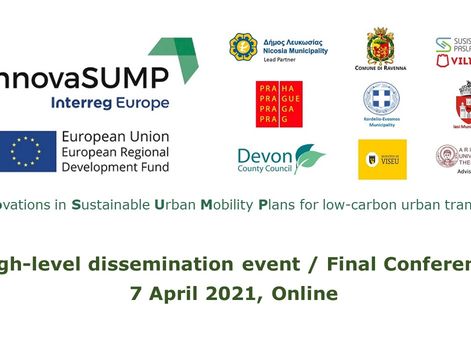
InnovaSUMP Declaration launched
A Declaration launched by the InnovaSUMP partnership, based on the results of interregional cooperation, exchange of experience and action plans implementation
InnovaSUMP project aims at introducing:
€1,622,066.00
Low-carbon economy
Main relevant features:
Specific / selected investment:
In particular, Investment Priority 7ii, Specific Objective 7ii.1 focuses on 'Improvement of mobility mainly in the Nicosia urban area'. Under this, the National Operational Programme (NOP) explicitly is linked to the implementation of measures in the Nicosia SUMP. The NOP is directly linked to Nicosia SUMP and its implementation.
The NOP should be improved with innovations and enhancements in SUMP methodology and implementation advances, as proposed by InnovaSUMP project, particularly, on new investments for low-carbon urban transport and SUM.
The Operational Programme Prague the Growth Pole of the Czech republic (OP PGP) contains 4 priority axes and technical assistance:
The InonovaSUMP project will target the Priority Axis 2, both investment priorities supporting energy efficiency, smart energy management and renewable energy use in public infrastructure and promoting low-carbon strategies for all types of territories, in particular for urban areas, including the promotion of sustainable multimodal urban mobility and mitigation-relevant adaptation measure.
Car transport is the main source of CO2 and pollution in Prague. By the increase of the attractiveness of public transport and its availability, this will be preferred by passengers and the number of private cars in the City will decrease.
Priority Axis 2 is very specifically focused on certain activities in transportation, which make the programme less flexible. The programme supposes occurring the problems with achievement the milestones and the indicators; some of the activities should be replaced or updated in subsequent years. Through the development of new projects on sustainable urban planning, there will be given the space for Managing Authority to exploit the identified proposals in a region and target the activities or calls on that needs.
The Devon and Torbay Local Transport Plan (LTP) was designed as an overall policy instrument for the whole Devon and Torbay area and whilst there was a specific section on Exeter, there was no scope within it to include a detailed SUMP. The LTP had to be produced within a constrained timescale and therefore only limited background work could be undertaken in preparation.
A Future of Exeter transport strategy was developed in 2010 including a major consultation exercise, feeding into the current LTP. Whilst much of this remains relevant, it was completed before the adoption of the LTP. In addition, planning is now underway for around another 35,000 dwellings and further employment land over the next 20 years or so within the Exeter travel to work area and the transport strategy needs to be expanded beyond its previous geographical area.
ROP FESR Emilia Romagna Region (Regional Operational Programme - ERDF fund) is strongly linked with 'Piano Generale del Traffico Urbano' (Local Transport Plan of Ravenna), through the ROP Axis 4 'Promotion of low carbon - Priority 4eROP FESR'.
The Local Transport Plan is related with the ROP FESR Emilia Romagna Region – Axis 4 Promotion of low carbon – Priority 4e, through the SUMP approach.
The main objectives of the Plan are:
The SUMP is connected to POR-FESR for the sustainable mobility actions which are not restricted to the Municipality, such as:
Region of Central Macedonia (RCM) has no major power plants. The main source of greenhouse gases (GHGs) is the consumption of fossil fuels for heating public/private buildings and urban transport. This consumption beyond the GHG's, can be considered as one of the most serious environmental problems of the area, as some pollutants are for extended periods above acceptable limits.
To improve the urban environment and quality of life, it is necessary to reduce GHGs emissions from urban public transport and transport in general. The result may be achieved by implementing a SUMP in Thessaloniki city center, which will include the promotion of clean technology and / or transit public transport modes by exploiting the use of modern ICT and smart and alternative transport.
Kordelio – Evosmos is the second largest city in Thessaloniki conurbation and faces a lot of problems, so the need of developing measures that contribute to reduce of GHGs emissions is more than necessary. Thematic Objective 4 (4e1) mentions that beyond the impact on the urban environment, health, economic costs, the urban mobility and accessibility is facing serious problems due to traffic congestion, the lack of parking policy and the low level of service of transportation. There is no record in terms of travel behaviour, pricing/financing, planning for visitors at tourism destinations, links with SEAP, issues that will be improved in the framework of this project.
Regional Operational Program of Centro Region (ROP Centro 2020), funded by ERDF: Thematic Objective 4 – Support the transition to a low-carbon economy in all sectors – Priority 4e – Promotion of low carbon strategies for all types of territories, including the promotion of sustainable and integrated mobility, and Specific Objective 1 - Support sustainable urban mobility and de-carbonization in urban centers.
The objective of the ROP Centro 2020 is to support the development of Sustainable Mobility Plans, and their subsequent implementation. In fact, there is a need to promote energy efficiency in transports and to reduce carbon emissions in the region.
The ROP Centro 2020 should be improved in the following areas: governance model, innovative content, local and regional partnerships, a level of integration of interventions, and simplification of procedures.
The improvements should take place, in order to introduce new tools to the planning process. SUMP is such a tool and the new innovations should be taken into consideration as well.
The main objective of the priority axis of 'Vilnius Strategic Plan 2010-2020' is to promote sustainable mobility and the development of environmentally friendly transport, in order to reduce carbon dioxide emissions. For this programming period, the implementation of infrastructural measures and intelligent transport systems are foreseen, that will help to improve the efficient use of cars and reduce car congestion.
Purchase of new buses will encourage residents to choose public transport for urban and suburban journeys. Other sustainable transport solutions will be supported - bicycles, electric cars, walking. In order to lower the number of private cars, sustainable mobility plans will be developed. These plans will be used in order to coordinate the development of transport infrastructure, increase its efficiency, coordinate the implementation of new transport services, promote multimodal journeys, will help to change and shape citizen approach towards PT and behaviour, cities be equipped with electric charging stations. It is also planned to use more alternative and less polluting fuel and thereby to reduce environmental pollution.
It provides an integrated sustainable mobility solutions through 2014 - 2023 year is expected to reduce CO2 from households generated via transport activities by 10% and increase public transport usage by 3.9%.
However, the proposed innovations and enhancements that will be analysed in the project are missing and this is the way to improve OP.
According the Romanian legislation (Law 350/2001) a SUMP is the tool for strategic territorial planning that links the territorial development of communities from a metropolitan area with the needs of mobility and transport of people and goods.
This legislation needs updates, according to the “Guidelines. Developing and Implementing a Sustainable Urban Mobility Plans” published by CE with eltis.org platform support. According to it, a SUMP's central goal is improving the accessibility of urban areas and providing high-quality and sustainable mobility and transport to, through and within the urban area. It regards the needs of the 'functioning city' and its hinterland rather than a municipal administrative region. It should target a balanced development of all relevant transport modes, while encouraging a shift towards more sustainable modes, an integrated set of technical, infrastructure, policy-based, and soft measures to improve performance and cost-effectiveness including various means of transport and tools: public transport, walking and cycling, intermodality, safety, urban logistics, traffic management. In order to be effective and
It should target a balanced development of all relevant transport modes, while encouraging a shift towards more sustainable modes, an integrated set of technical, infrastructure, policy-based, and soft measures to improve performance and cost-effectiveness including various means of transport and tools: public transport, walking and cycling, intermodality, safety, urban logistics, traffic management. In order to be effective and
In order to be effective and sustainable, it should be based on citizen needs and public consultation, details often ignored. Iasi SUMP needs a double intervention: a closer perspective from the citizen/user and the 'European approach' based on good practices identified in similar cities in Europe, innovation and active learning.

A Declaration launched by the InnovaSUMP partnership, based on the results of interregional cooperation, exchange of experience and action plans implementation
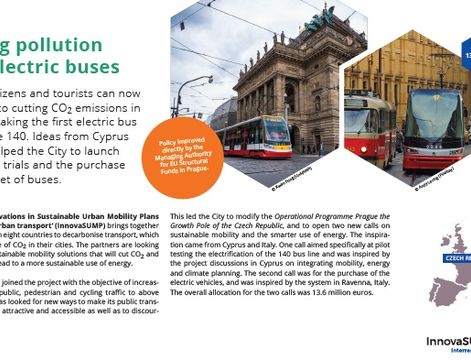
InnovaSUMP project is selected in the Interreg Europe publication on 30 stories about results in 30 countries, featuring partner City of Prague
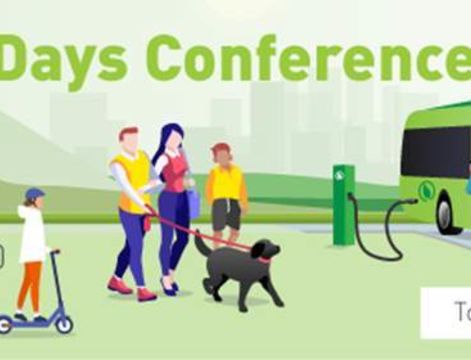
InnovaSUMP project digital stand at the online Urban Mobility Days 2020 Conference & Exhibition, 29 Sep-1 Oct 2020
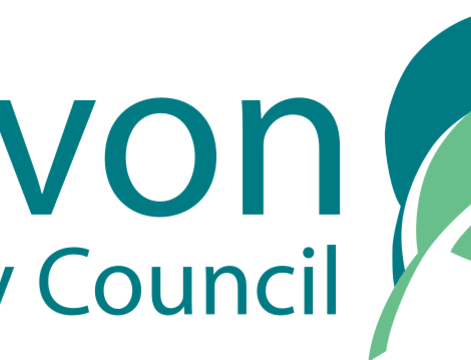
Park and ride stations, new cycling and walking routes are in the plan setting out investments in sustainable mobility by 2030 in Exeter, Devon County, UK.
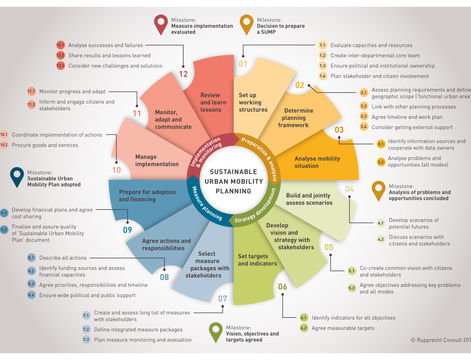
Prague and Vilnius, InnovaSUMP project partner cities, feature as a good practice examples in the new SUMP Guidelines 2nd edition
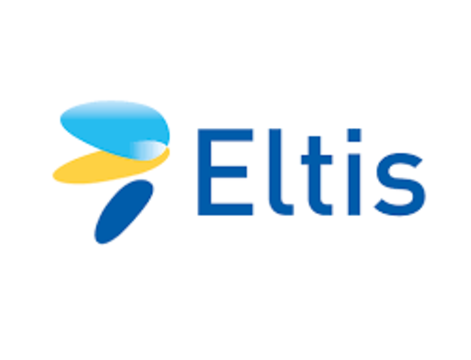
InnovaSUMP project has joined the EU platform on SUMPS which aims to support the transition towards competitive and resource-efficient mobility systems
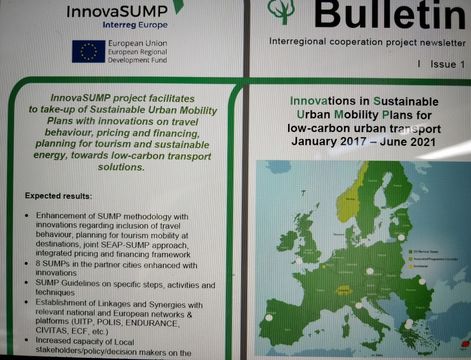
The 4th InnovaSUMP Bulletinn Newsletter is published with news on project events during July-December 2018
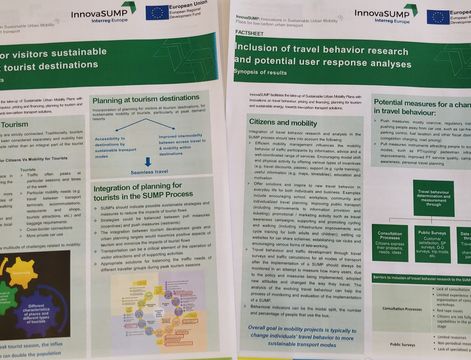
Two fact sheets of InnovaSUMP project have been prepared and launched at the 5th European SUMPs Conference in Nocosia, Cyprus
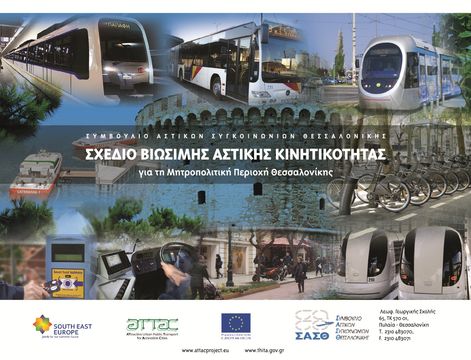
Introduction to InnovaSUMP project video clip
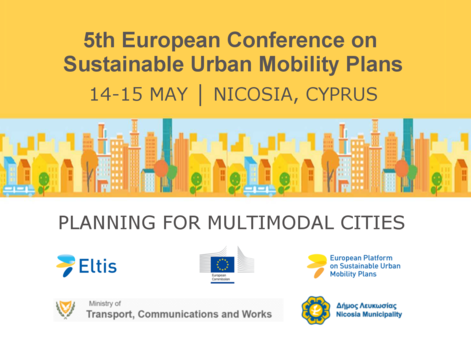
InnovaSUMP project actively participated in the 5th SUMPs Conference in Nicosia, Cyprus, on 14-15 May 2018, with two presentations, a session chair and a stand